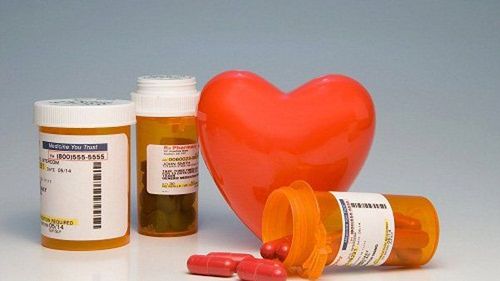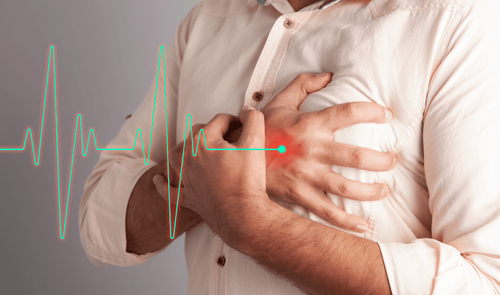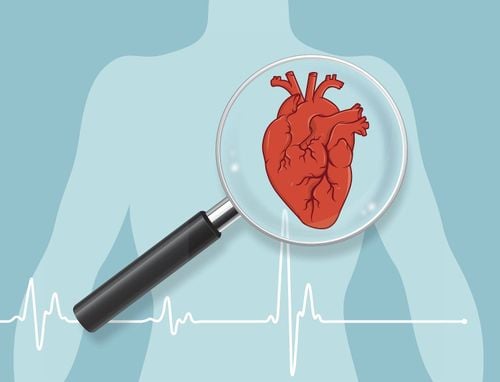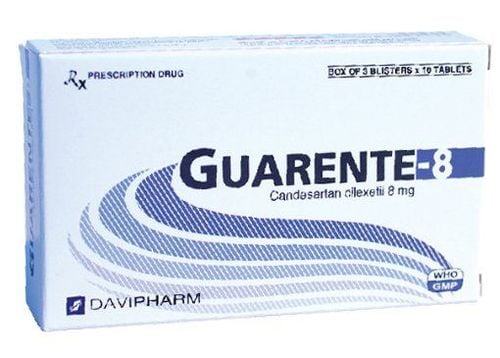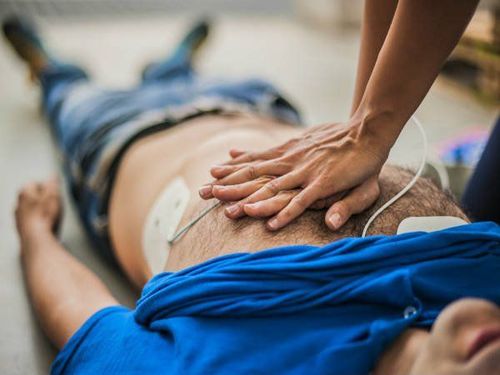This is an automatically translated article.
The article was professionally consulted by Dr. Nguyen Van Duong - Interventional Cardiologist - Cardiovascular Center - Vinmec Central Park International General Hospital.Electric shock is one of the treatments for arrhythmias, which can be done alone or in combination with other treatments.
1. What is electric shock?
Electric shock, also known as extrathoracic electric shock, is a method of using electrodes to quickly treat arrhythmias. However, electric shock is not the use of electricity to stimulate the heart to beat.There are two types of electric shocks:
Cardiac Shock : A synchronized discharge of electric current to induce the rhythm. Defibrillation Electroconvulsive: Current is delivered asynchronously and at any patient's cardiac cycle.

2. Physiological mechanism of electric shock
The electric shock discharges a direct current of sufficient energy to depolarize the entire excited myocardium in a short period of time, putting the myocardium into a refractory period to the depolarizing pulse, cutting re-enter loop.After the electric shock, the sinus node is reset to emit pulses that control the heart rate.
Depending on the potential and resistance of the organization, the effect of electric shock will be different, in which, factors including patient morphology, lung and thoracic condition affect resistance.
3. In what case is electrocardiographic shock indicated?
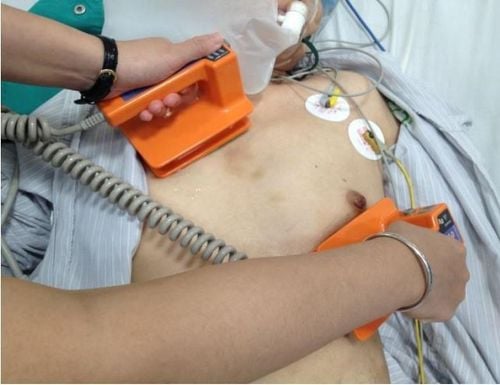
Paroxysmal supraventricular tachycardia (hemodynamically unstable) Ventricular tachycardia Atrial fibrillation Atrial fibrillation In the treatment of cardiac arrhythmias, electric shock Defibrillation is performed when:
Ventricular tachycardia (pulseless) Ventricular fibrillation.
4. How is an electric shock performed?
4.1 Electric shock tools Electric shock tools include the following devices:Electric shock machine. Two shock rods: clean, with good contact with the patient's skin, discharge current at the correct power setting. Other devices used to monitor during electric shock: arterial blood pressure monitor, electrocardiogram, breathing rate and SaO2. Other tools used for anesthesia, respiratory support and first aid. The electrocardiogram device must always be in a ready state to be able to deliver an electric shock in any situation, especially an emergency.
4.2 How is Electric Shock Performed?

In case of emergency electrocardiographic shock in cases where the patient stops circulating, loses hemodynamics and loses consciousness due to ventricular fibrillation or ventricular tachycardia, proceed as follows
As soon as the arrhythmia image is recorded on the electrocardiogram, ECG or 2 shock copies of the shock machine placed on the patient's chest should perform an electrocardiogram immediately. Avoid time consuming 12-lead ECG.
On both shock plates, apply conductive gene and set the energy level to 200J for the first shock. On the shock machine, adjust the sync button when ventricular tachycardia is detected.
Place a shock plate on the chest at the right edge of the sternum and 1cm away from it, 3cm from the clavicle. Place the other pole at the apex position. When seeing the patient and the surrounding safe, conduct electric shock, maintain breathing for the patient. When sinus rhythm is restored, maintain balloon compression and perform advanced cardiac arrest.
Electrocardiogram monitoring shows large wave ventricular fibrillation or ventricular tachycardia, perform electric shock with an energy level of 300J, raise to 360J until sinus rhythm is established if no results.
Follow up on the electrocardiogram, if ventricular fibrillation is found to be small waves, maintain balloon compression, chest compressions and perform advanced cardiac arrest.
Injection of adrenaline can be by direct routes into the heart, central vein or through endotracheal tube, ... If the electrocardiogram shows large wave ventricular fibrillation, continue electric shock with the energy level from the 3rd time is 360J .
Electric shock in the treatment of arrhythmias includes cardioversion and defibrillation, indicated on a case by case basis through monitoring of images on an electrocardiogram. However, to achieve the most effective treatment, patients should choose reputable medical facilities and specialized hospitals to perform.
Vinmec International General Hospital has applied electrocardiographic shock technique in the treatment of arrhythmias. The electrocardiographic shock technique at Vinmec is performed methodically and in accordance with the standard procedures by a team of highly qualified medical professionals, modern machinery system, thus giving positive treatment results, bringing the possibility of quick recovery.
If you have a need for medical examination by modern and highly effective methods at Vinmec, please register for an online examination.
Please dial HOTLINE for more information or register for an appointment HERE. Download MyVinmec app to make appointments faster and to manage your bookings easily.






